Icon depicting the relics of Saint Spiridion of Trimethon preserved in the temple of Kerkyra
Tempera on table, cm 26.5 x 19
Applied on panel in golden wood, cm tot 38 x 31
Saint Spiridion of Trimethon (circa 270 - 12 December 348) was bishop of Trimethon, now Tremetousia, in the island of Cyprus. Spiridion was born into a Christian family in the late 3rd century in Hessen, on the island of Cyprus. It is known that he spent his first years as a cattle herder but that following the death of his wife he dedicated his life to religion. He was appointed bishop of his hometown and during the persecution of Christians under Emperor Maximian was arrested and exiled. According to tradition, Spiridion participated in 325 at the First Council of Nicaea, supporting the doctrine of the essential equality of Jesus with God the Father, but his presence is not documented. He died on 12 December 348 and was buried in the temple of the Holy Apostles at Trimethon. His biography was handed down by the hagiographer Simeone Metafraste and by church historians Sozomeno, Tirannio Rufino and Socrate Scolastico. After the conquest of Cyprus by the Ottoman Empire, his tomb was opened, and the relics brought to Constantinople. The sources claim that his body was uncorrupted and smelled of basil, and this was considered a proof of his holiness. After the fall of Constantinople in 1453, the priest Geōrgios Kalochairetīs transported the relics to Corfu, which at that time belonged to the Republic of Venice, in 1456 and were kept by the monk’s family and, Later, from the Bulgarians until the construction of a special church in 1589. The relic of the Saint’s right hand was donated to Pope Clement VIII in 1592 and is kept in Rome in the Church of Santa Maria in Vallicella.


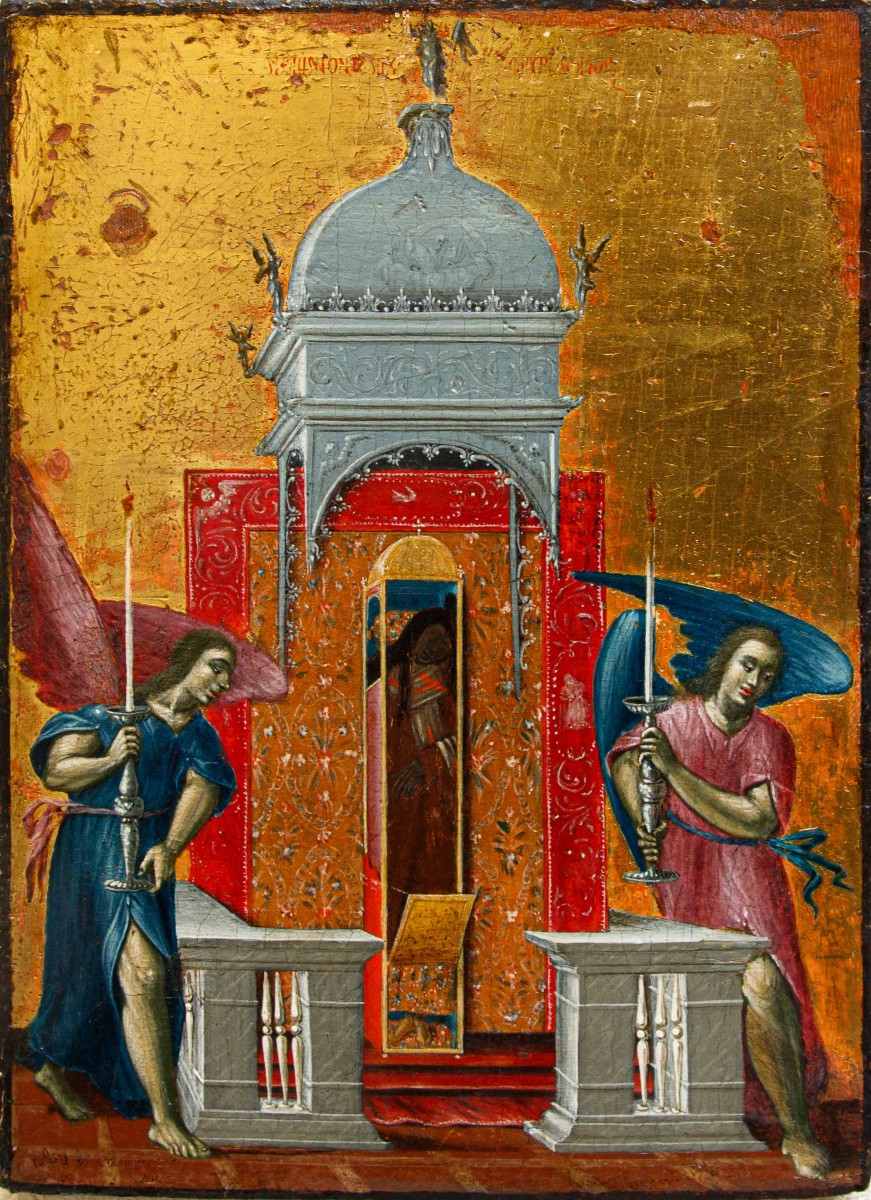

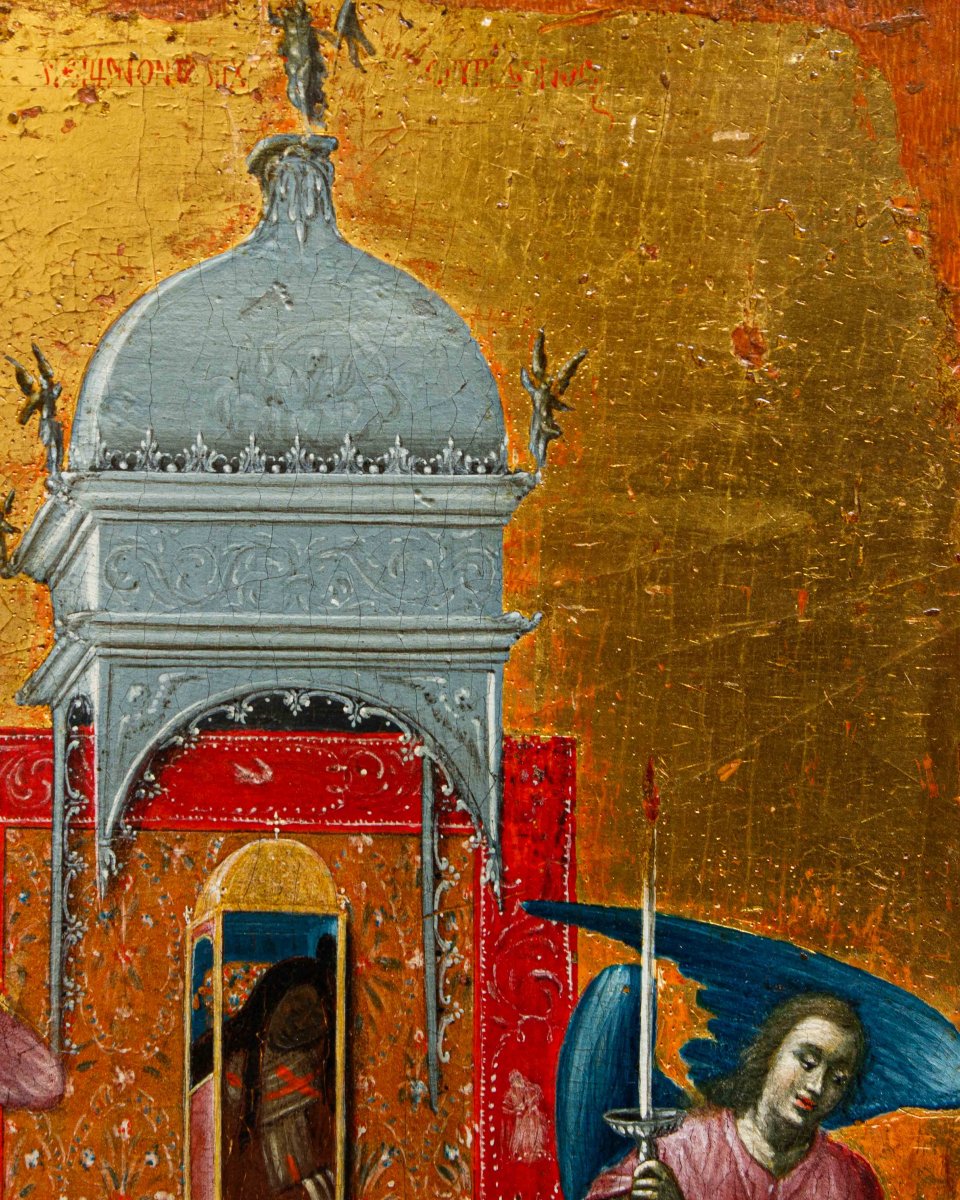









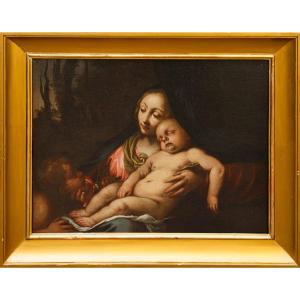


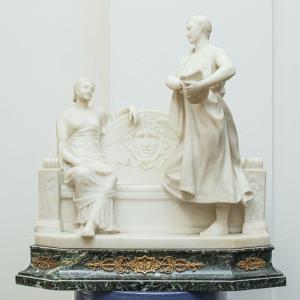




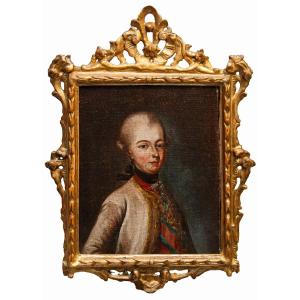



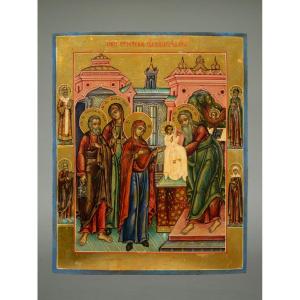
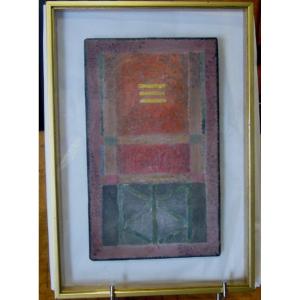

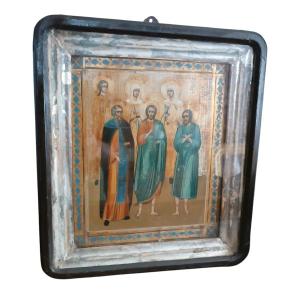




 Le Magazine de PROANTIC
Le Magazine de PROANTIC TRÉSORS Magazine
TRÉSORS Magazine Rivista Artiquariato
Rivista Artiquariato